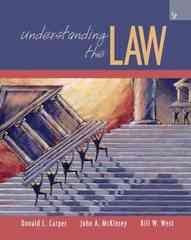
Fill in the blanks A firm that is losing money should continue to operate in the short run if the (1. price) exceeds (2. average variable cost. A firm making zero economic profit stays in the market because total revenue is high enough to cover all firm's costs, including the (3. normal profit) of the entrepreneur. If the marginal cost equals average cost, we are at the (4. minimum) point of the (5. average cost curve. Over the positively sloped portion of the short-run average cost curve, the effect of productivity dominates the effect of (6. diminishing returns). An increase in the price of shirts will cause firms to (7. enter) the industry, and as output increases, the (8. Cost) of production increases. Entry of firms will continue until price (9. equals) average cost. Your firm has a price of $5, an average cost of $7, and an average variable cost of $4. In the short run, you should (10. continue producing). The competitive market's demand curve is (11. downward sloping) sloping while that of the competitive firm is (12 price elastic ).OR (horizontal line If the marginal product equals the average product, we are at the (13. maximum) point of the (14. average product) curve. If the market price equals a firm's break-even price. the firm earns its (15. pure profit) OR (decreasing ratejprofit. For a monopoly. the firm's demand curve is downward sloping, therefore to maximize its profit, the firm must produce where its marginal cost equals (16. marginal revenue). When marginal product is increasing. the total product is increasing at (17. increasing rate). If the average product is greater than the marginal product the next average product will (18. decrease). For non-collusive oligopolies. demand is relatively (19. upward sloping) when one firm decreases its price and other firms would (20. likely) follow. CHOICES: likely minimum price elastic enter vertical line equals increasing rate continue producing marginal revenue pure profit downward sloping unlikely cost average product upward sloping normal profit average cost price diminishing returns horizontal line decreasing rate average variable cost opportunity costs decrease maximum








